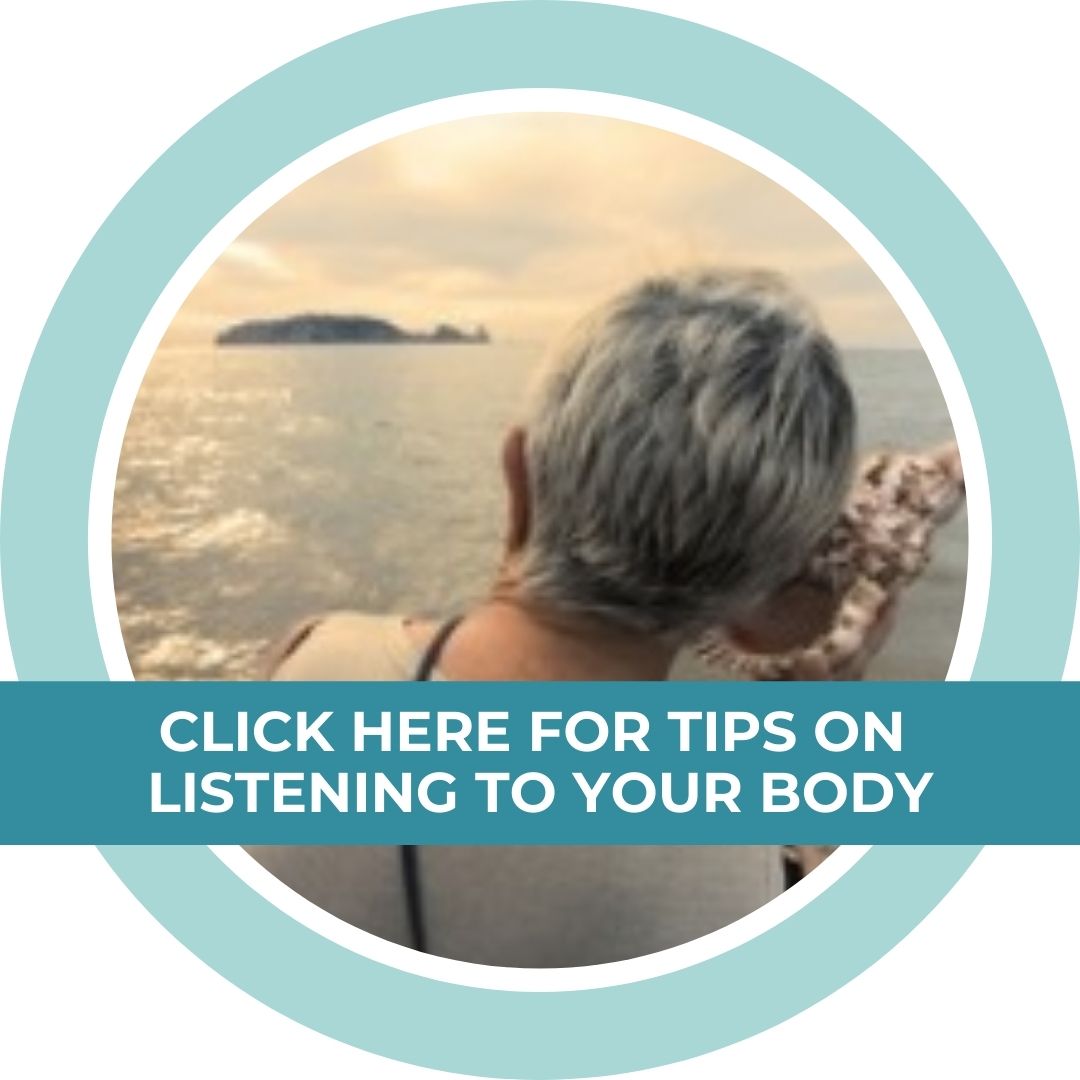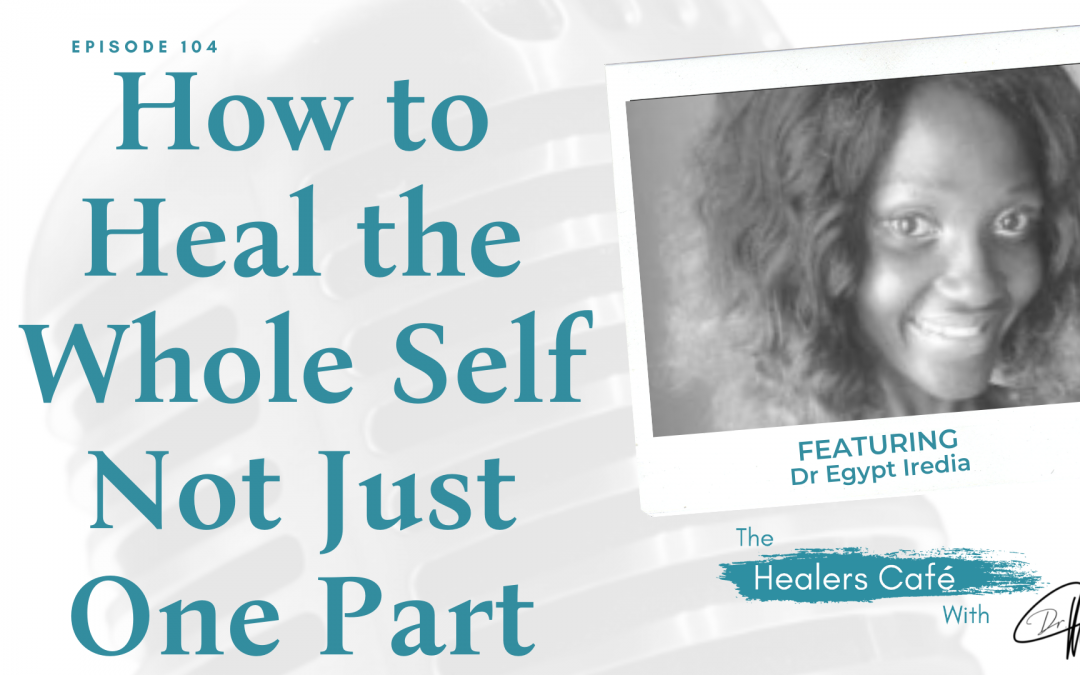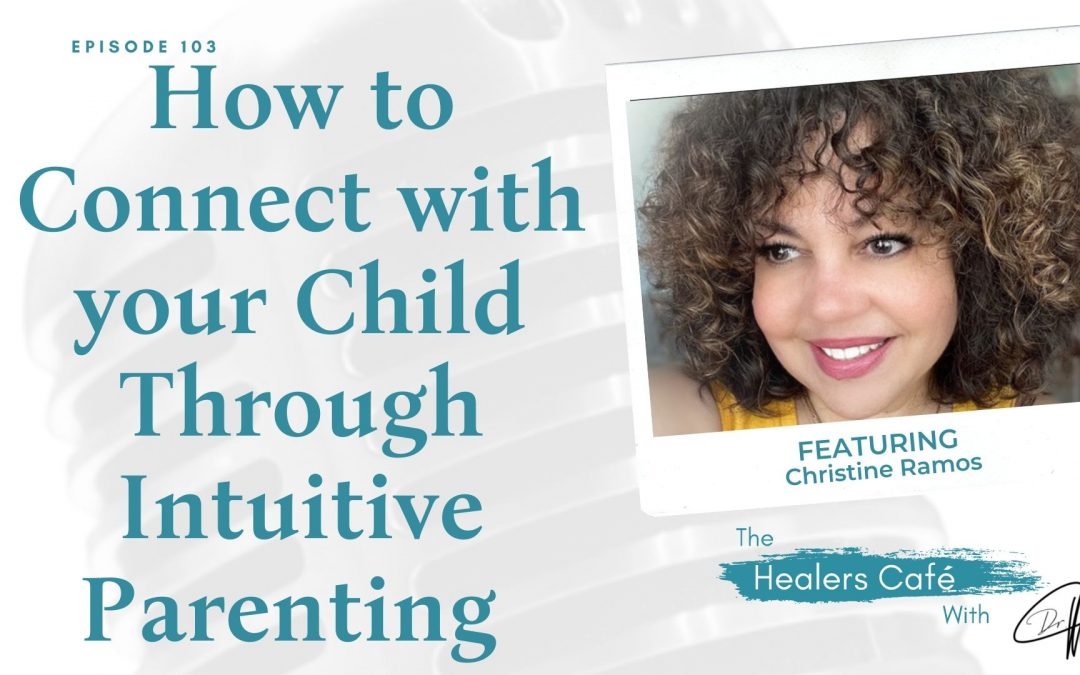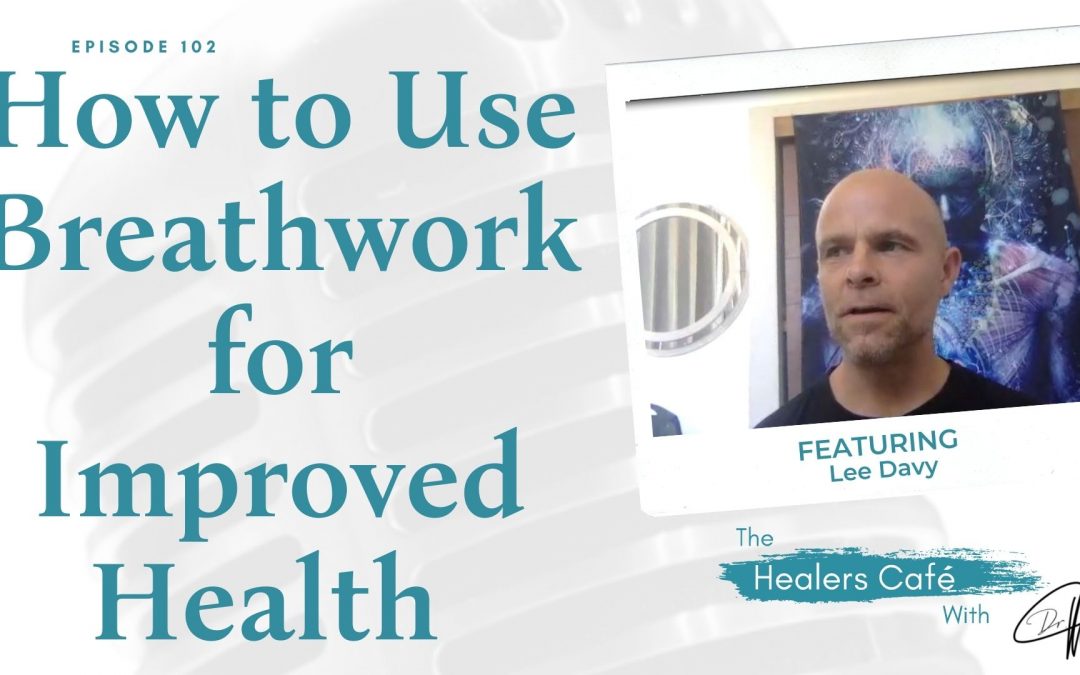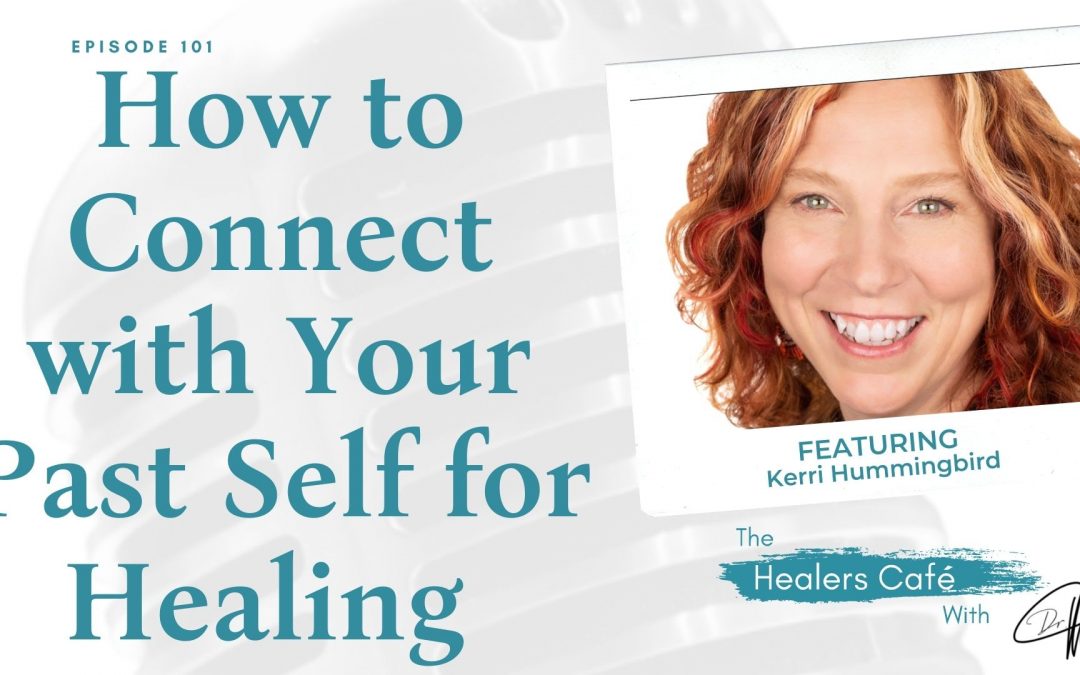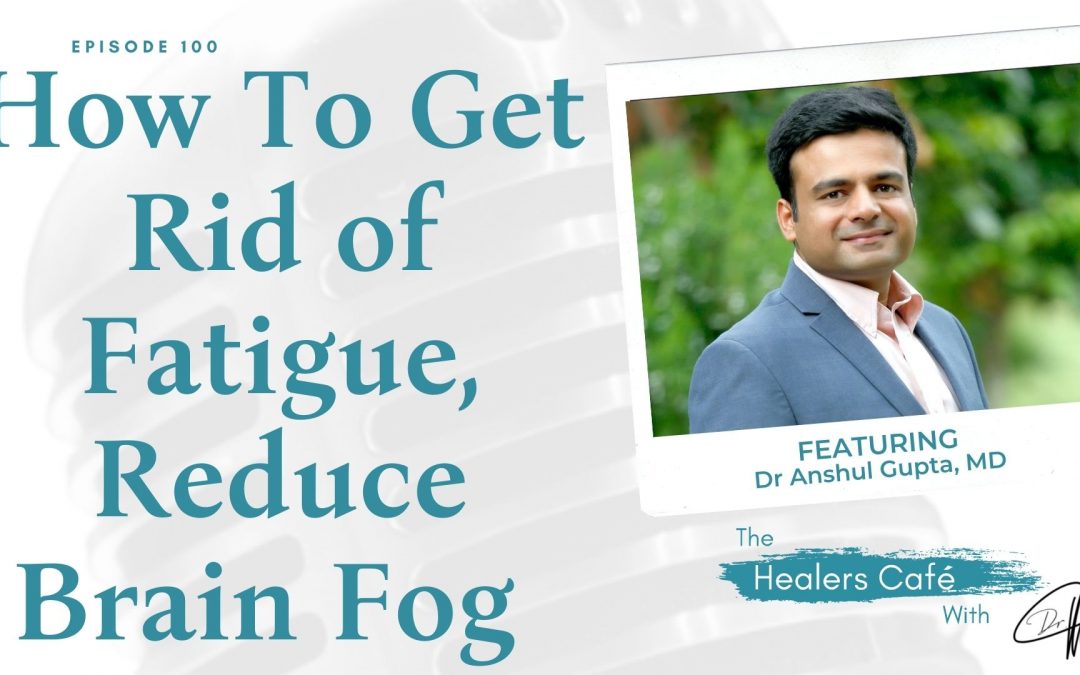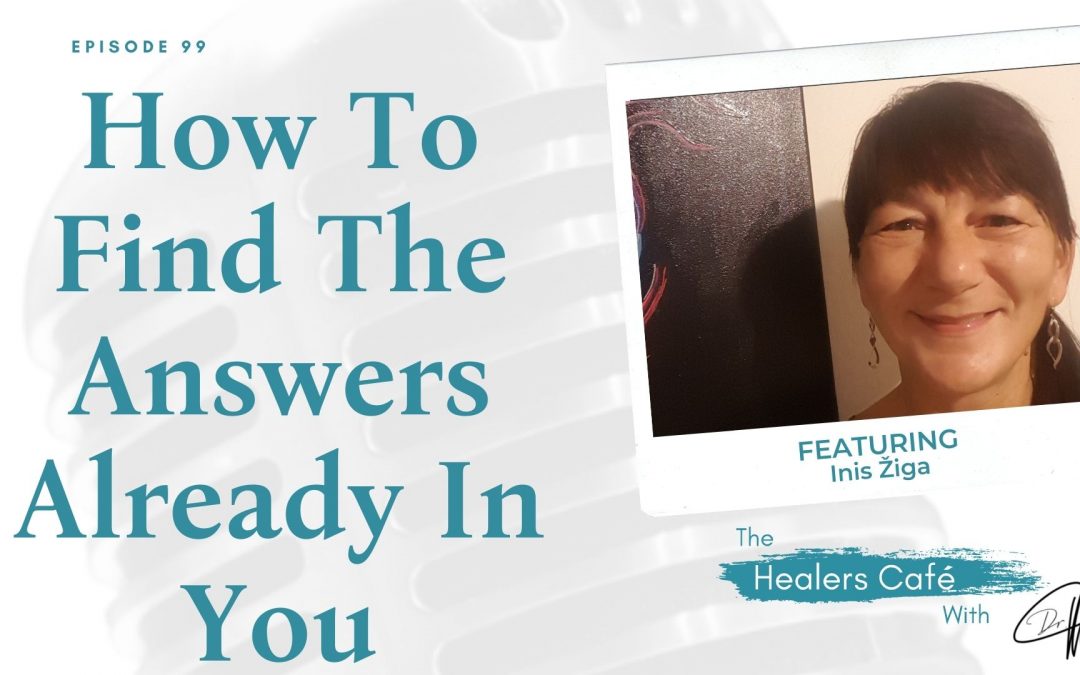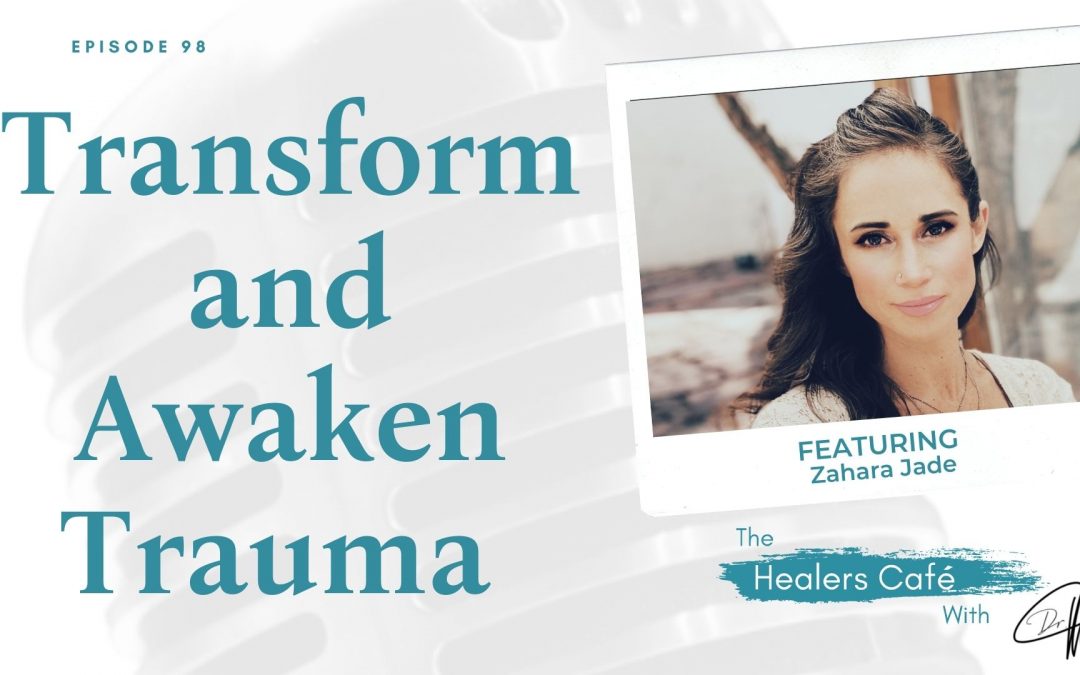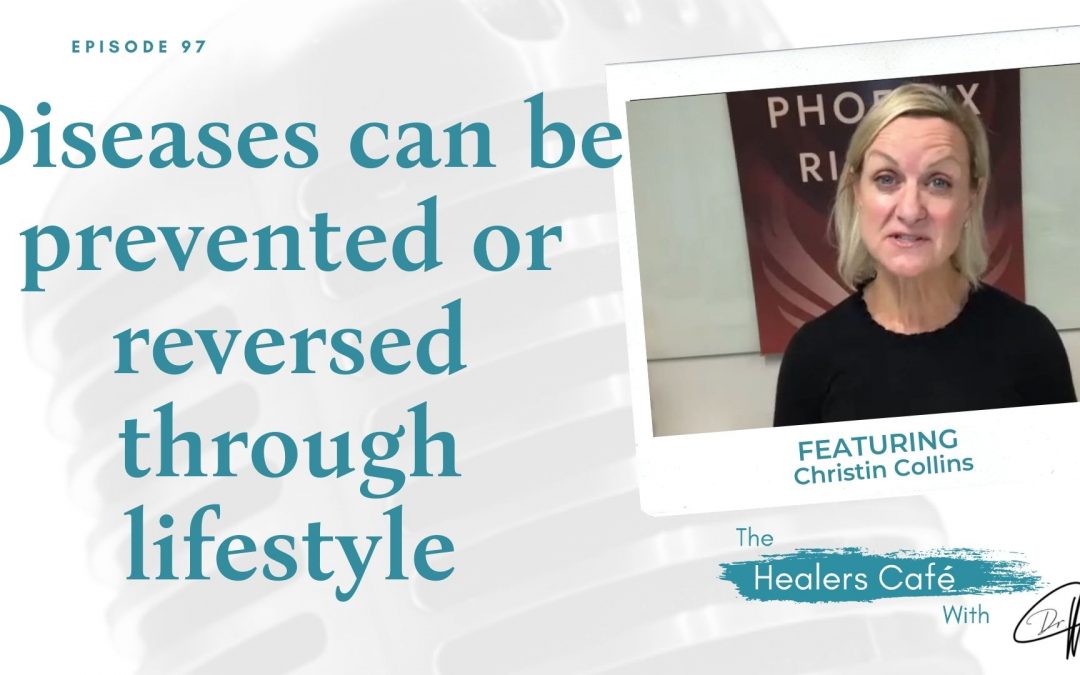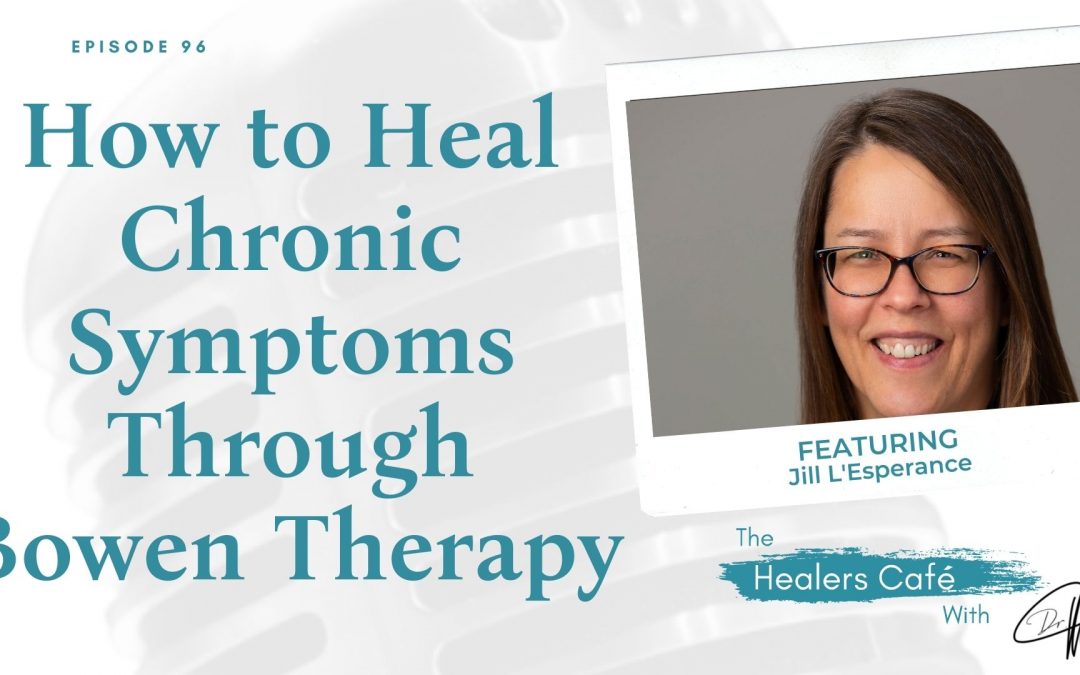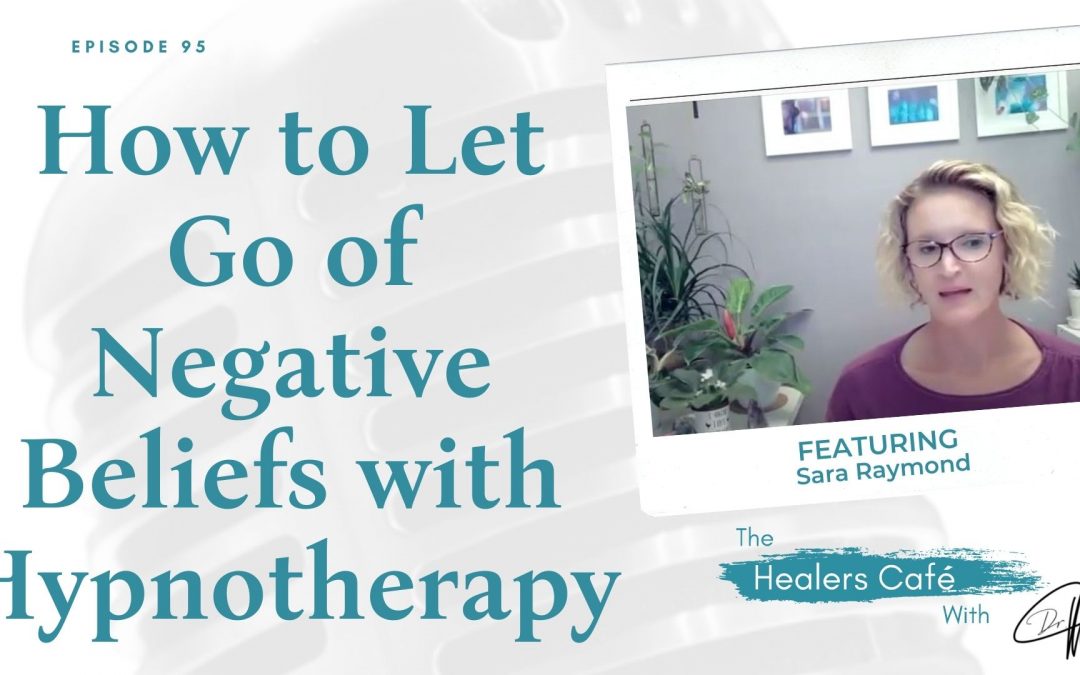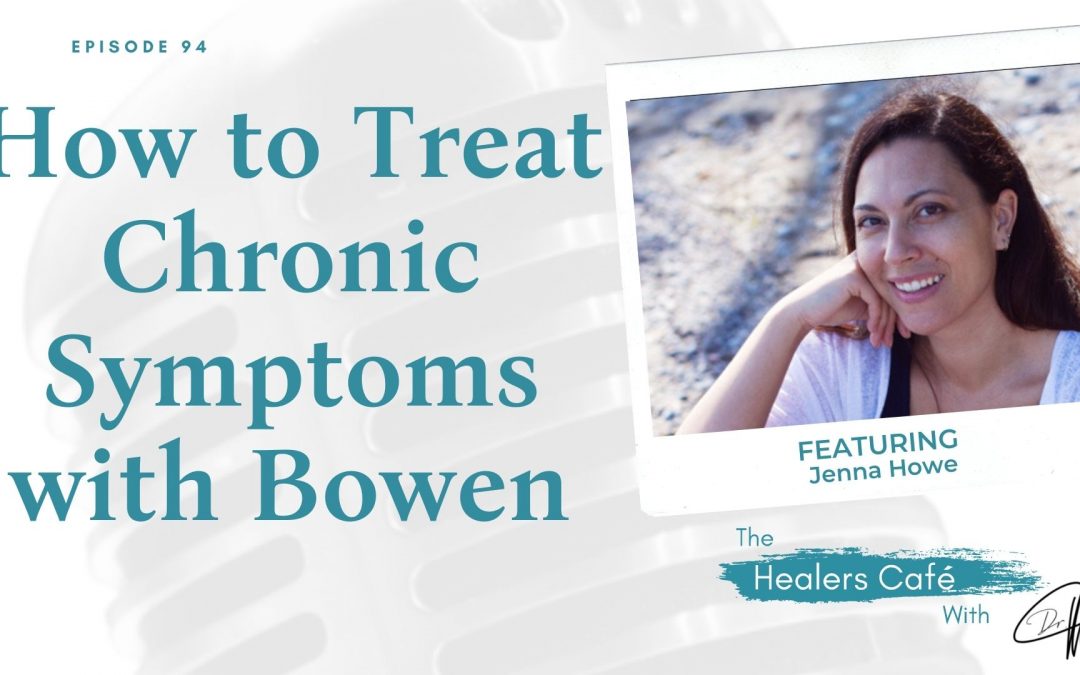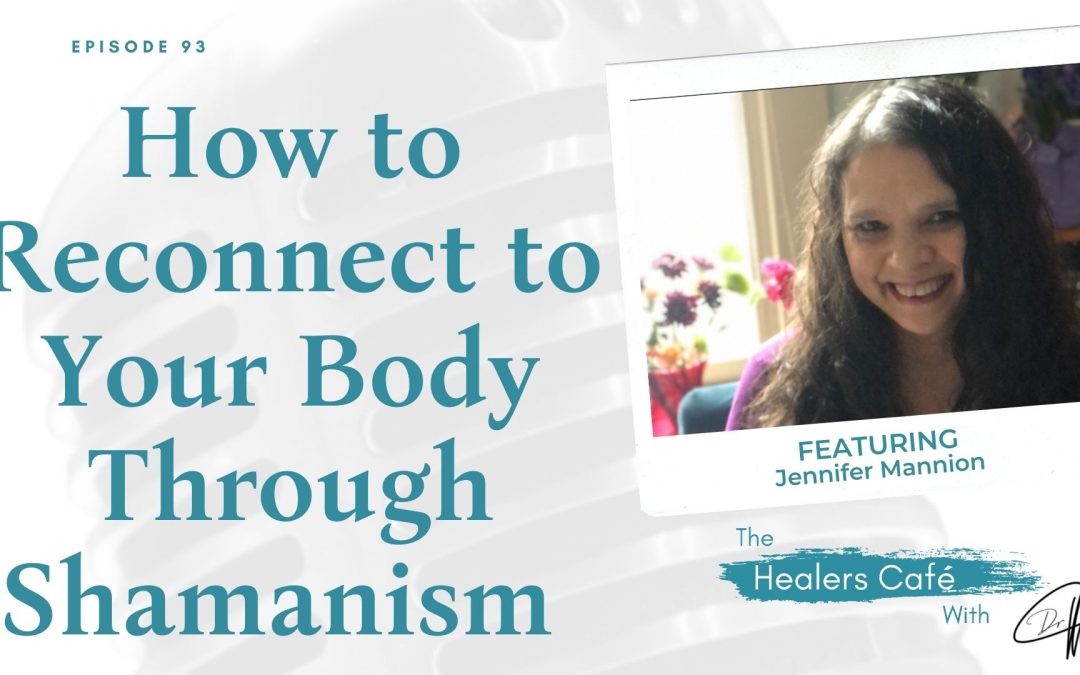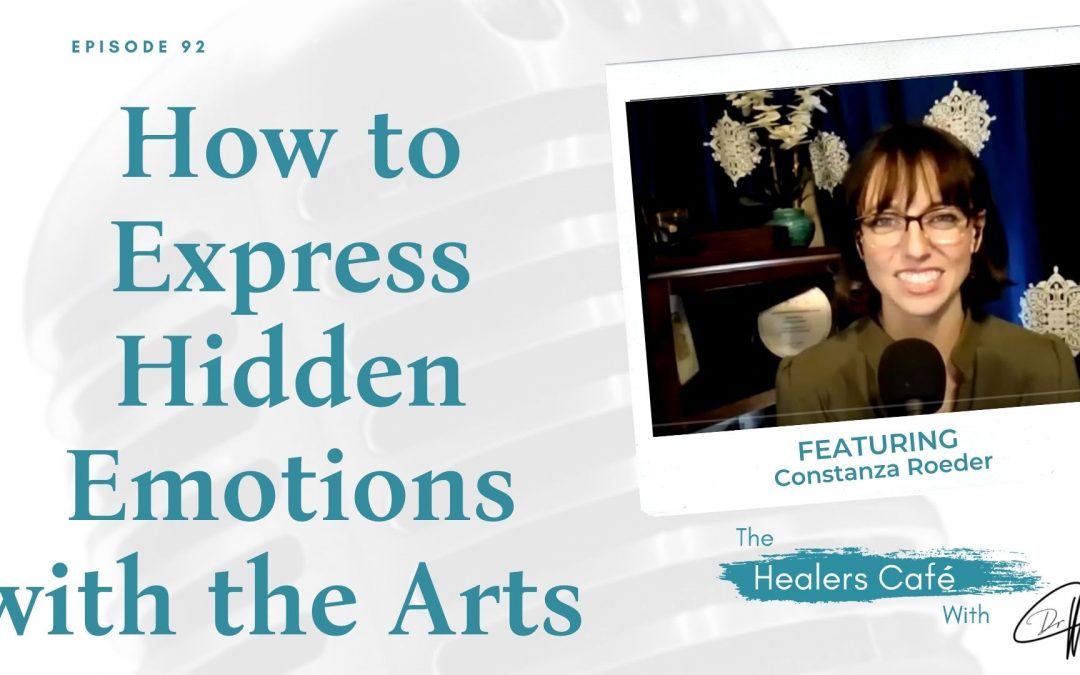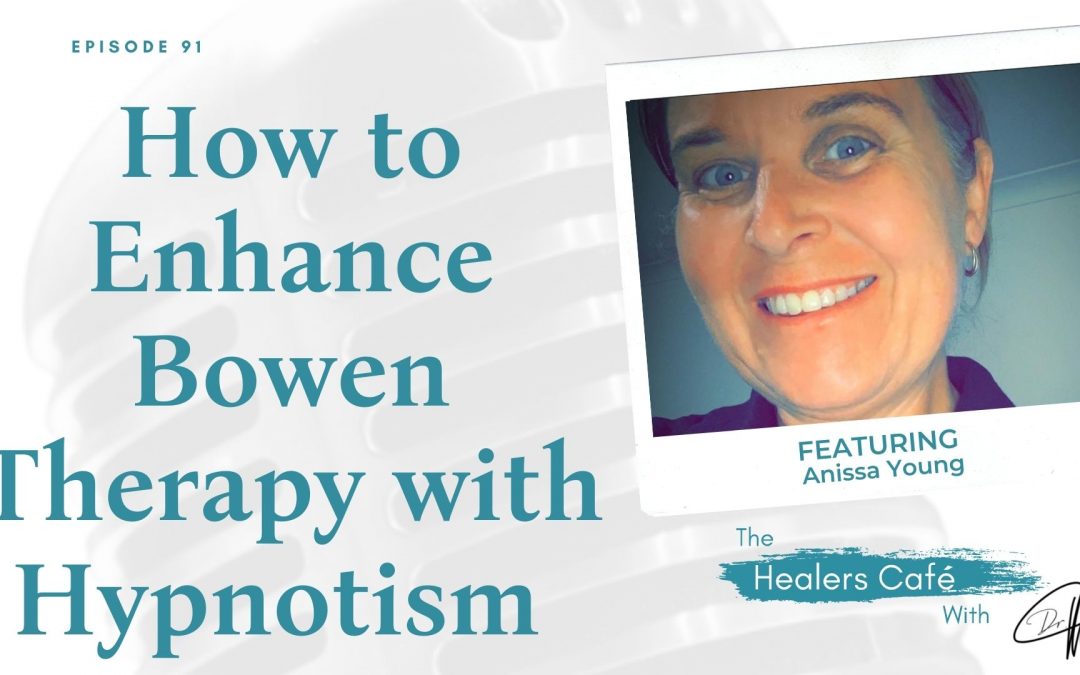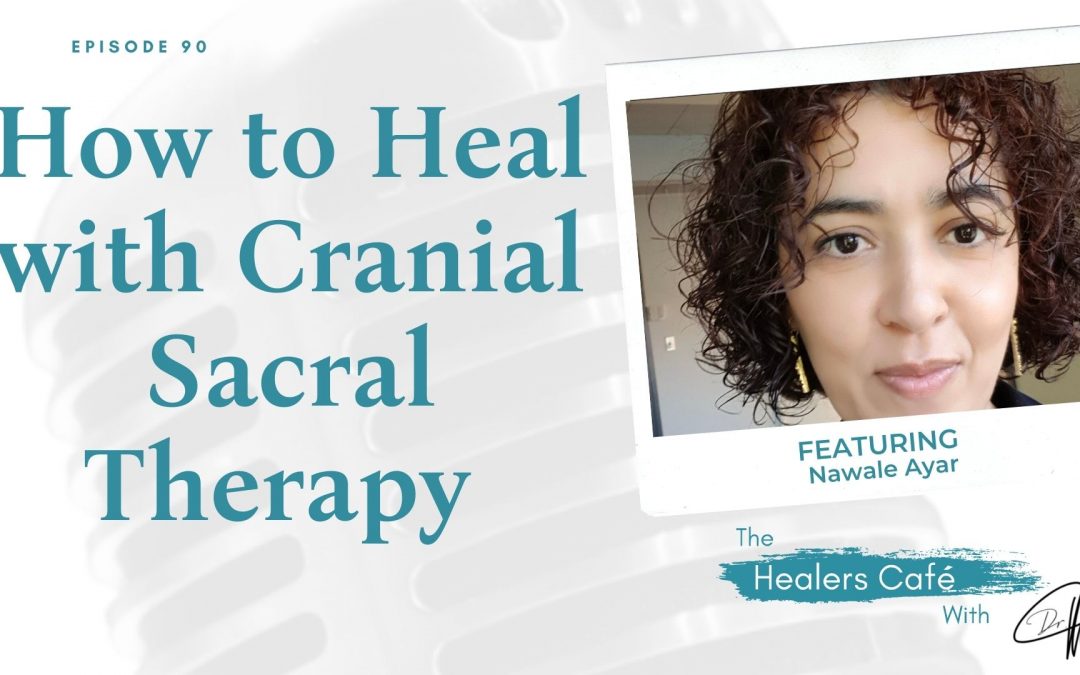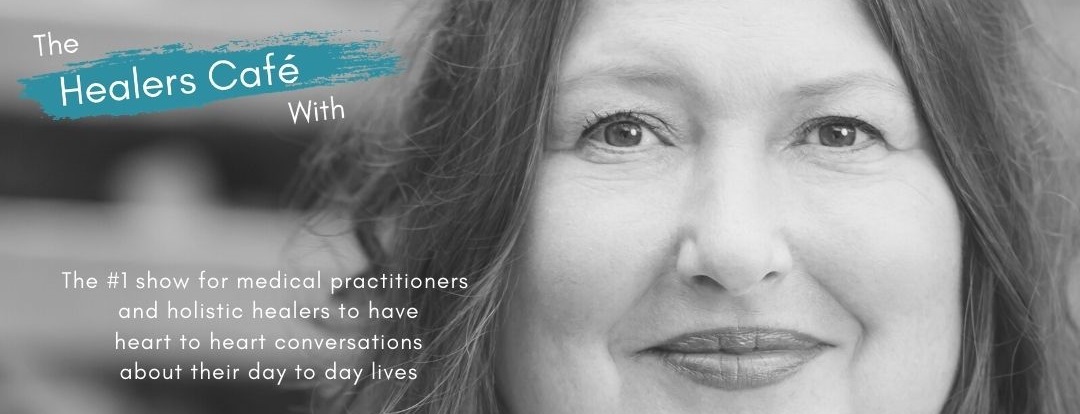
If you haven’t done so, would you please RATE and REVIEW The Healers Café podcast? It definitely is appreciated
Follow / Listen to The Healers Cafe on:
iTunes | Google Play | Spotify, | Libsyn | iHeartRadio | Gaana | The Healers Cafe | Radio.com | and many more
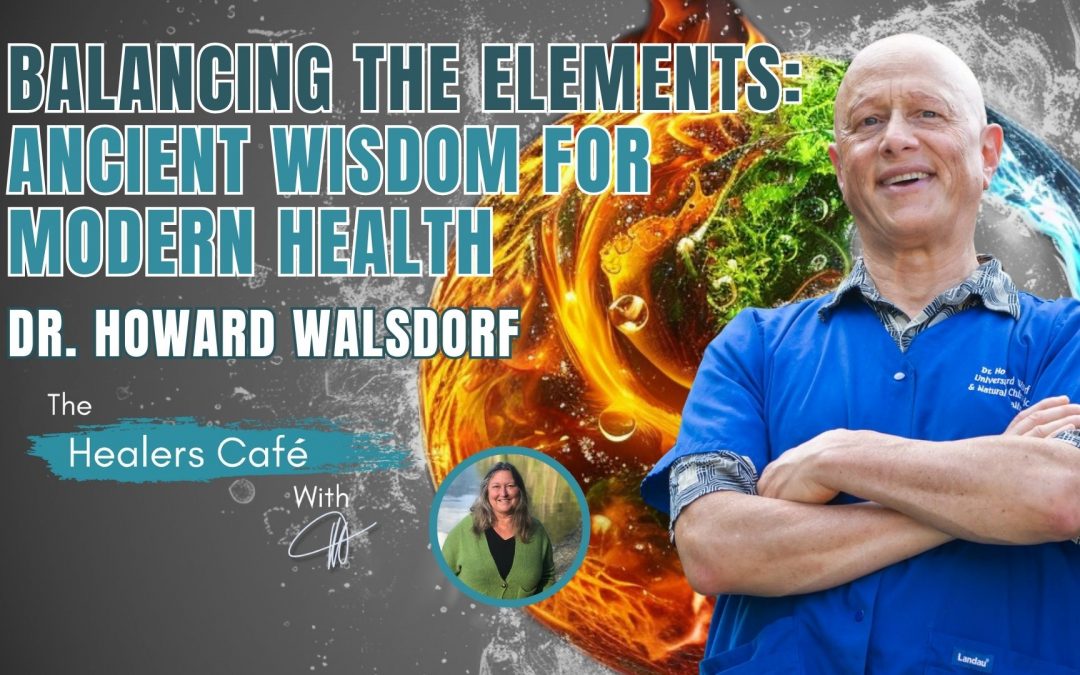
Dr. Howard Walsdorf
Balancing the Elements: Ancient Wisdom for Modern Health – Dr. Howard Walsdorf on The Healers Café with Manon
In this episode of The Healers Café, Manon Bolliger, FCAH, RBHT (facilitator and retired naturopath with 30+ years of practice) speaks to Dr. Howard Walsdorf about how the four classical elements—fire, air, water, and earth—form the foundation of Western health and healing, and how integrating this ancient wisdom can support natural living, posture, and overall well-being today.
Highlights from today’s episode include:
Dr. Howard Walsdorf As little as we walk today, we put this soft stuff there to even insulate us even further from drawing that earth principle, as I call it, or forced energy that makes that earth element within us, our bones and our sturdiness quotient, less effective.
Dr. Howard Walsdorf But let me say this is that the fascia is a connective tissue, and so from a muscular skeletal system, way of perspective is water, is your ligaments and your connective tissue. From another perspective, in this holistic schematics, these patterns, these principles, keep finding places to show up.
– – – – –
Manon Bolliger 22:56
so if you have the right posture, breathing is a non issue, right? We don’t think about it anyways. But if you’re in the right posture, it’s, it’s, I would say, even more automatic, but it goes deeper, right?
ABOUT DR. HOWARD WALSDORF:
Dr. Howard Walsdorf is a veteran holistic chiropractic and natural healer, author, speaker, and expert in the ancient wisdom of the four elements and natural living. His latest book, Fire, Air, Water & Earth: Apply an Ancient Wisdom to Your Life; aims to revitalize modern society by introducing a compelling new holistic paradigm for healthier living and healing, integrating the principles embodied by the four elements: fire, air, water and earth. As founder of The Four Element Institute and visionary behind the Growing Holistically community, Dr. W. is on a mission to inspire and educate people to think, live and heal in more natural ways.
Core purpose/passion: My core purpose/mission is to bring an ancient knowldge back into our time – the Fire, Air, Water & Earth of nature. For over four thousand years the smartest and wisest of many civilizations focused on it. It continuously boggles my mind that few doctors and others are talking about them. I’ve been focused on them for 40 years. They’ve served me well.
ABOUT MANON BOLLIGER, FCAH, RBHT
As a recently De-Registered board-certified naturopathic physician & in practice since 1992, I’ve seen an average of 150 patients per week and have helped people ranging from rural farmers in Nova Scotia to stressed out CEOs in Toronto to tri-athletes here in Vancouver.
My resolve to educate, empower and engage people to take charge of their own health is evident in my best-selling books: ‘What Patients Don’t Say if Doctors Don’t Ask: The Mindful Patient-Doctor Relationship’ and ‘A Healer in Every Household: Simple Solutions for Stress’. I also teach BowenFirst™ Therapy through Bowen College and hold transformational workshops to achieve these goals.
So, when I share with you that LISTENING to Your body is a game changer in the healing process, I am speaking from expertise and direct experience”.
Mission: A Healer in Every Household!
For more great information to go to her weekly blog: http://bowencollege.com/blog.
For tips on health & healing go to: https://www.drmanonbolliger.com/tips
SOCIAL MEDIA:
– Linktr.ee | Rumble | Gettr | Facebook | Instagram | LinkedIn | YouTube | Twitter |
About The Healers Café:
Manon’s show is the #1 show for medical practitioners and holistic healers to have heart to heart conversations about their day to day lives.
Subscribe and review on your favourite platform:
iTunes | Google Play | Spotify | Libsyn | iHeartRadio | Gaana | The Healers Cafe | Radio.com | Medioq | Audacy |
Follow The Healers Café on FB: https://www.facebook.com/thehealerscafe
Remember to subscribe if you like our videos. Click the bell if you want to be one of the first people notified of a new release.
* De-Registered, revoked & retired naturopathic physician after 30 years of practice in healthcare. Now resourceful & resolved to share with you all the tools to take care of your health & vitality!
TRANSCRIPT
Introduction 00:00
Welcome to the Healers Café. The number one show for medical practitioners and holistic healers, to have heart to heart conversations about their day to day lives, while sharing their expertise for improving your health and wellness.
Manon Bolliger 00:17
Welcome to the Healers Cafe, and today I have with me Dr. Howard Walsdorf, otherwise known as Dr. W and he’s a veteran holistic chiropractor and a natural healer, author, speaker and expert in the ancient wisdom of the four elements and natural living. His latest book, Fire, Air, Water and Earth, apply an ancient wisdom to your life, and it aims to revitalize modern society by introducing a compelling new holistic paradigm for healthier living and healing, integrating the principles embodied by the four elements, which are fire, air, water and earth. So welcome. And of course, I’m going to ask you right away, so is that like medicine? Is this the ancient principles apply to the new, or are we talking about something else?
Dr. Howard Walsdorf 01:17
Well, these are good questions, and it’s good to…I like getting started that way. Dr. B, a lot of people don’t realize that Western civilization is both built upon, based upon this ancient knowledge of the four elements, fire, air, water does as you did say there, and it’s nice to know that nature’s fire is the sun, just so you know people out there can appreciate it. So these four elements of nature, which the ancients spoke about and revered and had an intuitive sense that they represented something higher, that they represent a kind of a cosmos spanning set of principles, Cardinal principles that are meant to be in balance. And so the four element way that I’m trying to present, bring forward, speaks to how we can use those that ancient insight that is a part of the Western way of how civilization began, and it’s a counter in a lot of ways, to the Chinese medicine, you have a whole different paradigm that they were built upon. And we seem to give more respect and honor to the five elements of Chinese medicine, with acupuncture and the like. And I don’t think we give enough reverence and respect to what’s at the core of Western medicine. And truly at the core of Western medicine are ..
Read more...
the four elements. You know, Hippocrates, the father of medicine, was clearly a four element physician. I mean, that’s just, you know, everybody would know that if you look it up, if you understand what was around there. So for 4000 years, the four elements on top, until, like, 200 years ago, all the lineal errors of humankind, the four elements are really the key to understanding for the Western mind how the universe worked and how we’re meant to live in more balanced life. So I’m here to bring that back. I’m sorry I got a little long winded on that.
Manon Bolliger 03:20
No, that’s…well, I was going to say, so why not metal?
Dr. Howard Walsdorf 03:27
Well there you have Chinese system of metaling of wood. Good questions.
Manon Bolliger 03:31
Yeah and what makes it like when…what’s the history of metal in that sense, did, did it not or did it?
Dr. Howard Walsdorf 03:41
Well, I think it’s worth backing up a little bit, if I could, and to realize that, you know, nature’s the elements don’t stop at four in my way of thinking. So what I’ve and I don’t want to get too lost in the weeds here, because I want to give people some practical things to do. But real briefly here, when you fracture the oneness of the cosmos into two parts, you get, you know the Yin Yang, principles of the cosmos. You know yin and yang, big and small spiritual material from this holistic model, from a metaphysical perspective, that oneness. When you fracture it with those two parts for thinking, principles of big and small, spirit and matter, you’re going in opposite directions and productive universe, they have to come together. And that’s what threeness is all about. That doesn’t get us where we want to go, because the fourth element earth. You fracture that oneness the four parts, and you get the four elements, fire, air, wood as principles. I’m getting a little metaphysical here, but it’s useful to know it. When the oneness gets fractured into four parts to allow a physical, diverse world, which is what we have right around us, you get these four principles that uphold it. You get the oneness principle. You get the twoness principle, Yin Yang, that manifests its air, thats the principle of interconnectedness, that triangle, a balance of interconnectedness that we all want so much in our life balance. That’s the water principle, for example. And then we need sturdiness. We need physicality. We need to accomplish things like the earth element. So I don’t know if that’s, you know, I’m trying to do it really fast for you. But then the point is that it doesn’t stop there. To be fair, you can fracture that. One is the five parts. That’s where you get the Chinese five elements, wood and metal. In a sense, wood is the fifth element. It comes as the fifth element is time when you practice fracture the oneness into five parts, you have the pentagram, and you can’t draw a pen without keeping wanting to go on and on. That’s what movement or time is that fifth principle, because I don’t want to get too stuck there. But the point is, it doesn’t stop with four or five or beyond, but the point I want to get to is the practical application of the four elements. Because I think that I you know, all these principles are kind of mumbo jumbo if they don’t have a practical use in our lives. And that’s over my 40 years as a holistic chiropractor here in Syracuse, New York. I’ve been striving to help my patients by drawing these principles into the life, of helping them to heal, helping to understand what they can do to help themselves, how I can align their bones the earth of the body or the bones. Does that make sense to the earth of the body? So this is, you know, really practical things, in the sense that the earth of your body is free of bone. So you want your bones to be aligned. The fire of the body, the nervous system, the brain up top, and those bones of Earth, even though all our bones of the earth within ourselves, what I’d like my patients to appreciate is that in this holistic paradigm, this pattern before illness keeps repeating. So, for example, the earth of the body, of the bones in general. Can you see that within the your skeletal system, the feet have more of that bone on it, more earth. At the bottom, there’s more density of bone. Does that make sense to you? Like the earth is even stronger at the foot. Even within the feet, it’s strongest in the heel, that’s when you engage the ground with the heel right so the back side of the feet, the back side of the body with the spine, the you know your spot, your shoulder blades, drawing your arms back. The Earth side of your body is the Earth’s is the back side. So good posture, which is what we all want. So many patients come to me with bad posture. But despite making them aware that good…bad posture collapse forward like this. We know intuitively that good posture, we bring ourselves back that birth side, that back side. So by giving it a context, I find that people enjoy being challenged to do better, because they can feel like, oh, earth, you know, sturdiness. Dr. W tells me to feel my heels more, you know, bring myself back, and they just feel sturdier. I believe that it becomes sturdy as an individual, not just physically aligned better, but we today, I don’t think we’re sturdy enough, because we’re doing all this stuff forward and and the like. And I even go further, if I could, is, as a woman as yourself, you’re kind of aware of osteoporosis, right? And that’s a weakness of that earth element within you, your bones, right? And so what studies show is the best remedy, or antidote for osteoporosis is walking, not so much working out at a gym or doing other things, but by walking. Walking does is it you heal strike. And as what happens when you heal strike is you an electrical current called piezoelectric current, very small direct current in the micro amps, goes up your bones and stimulates too much osteoblastic gives more bone. So the poetic way that this forum, way of thinking, and I suggest that it’s, you know, it’s productive way of approaching things. It’s scientific, but it’s also poetic and spiritual. This permanent way of thinking is that when you’re the earth within you, ie, your bones engage the greater Earth below you, this earth, force or energy, comes through into you and makes your own Earth stronger, your own bones stronger, sturdier. And I believe not only your bones, but even yourself, your mind, your spirit, sturdier. And I think we’re all less sturdy than we used to be, partly because this is where a little not controversial, but a little challenging to us today is that so many of us wear soft shoes, sneakers, Crocs, which I’m totally against, Crocs, sorry out there, up. Is there all this soft, gooey stuff, in a sense, and it’s almost as if we’re doing an experiment on ourselves. As little as we walk today, we put this soft stuff there to even insulate us even further from drawing that earth principle, as I call it, or forced energy that makes that earth element within us, our bones and our sturdiness quotient, less effective. It’s a lot. I said there was.
Manon Bolliger 10:26
No, no, that’s great. But do you think it’s also the…you mentioned, the piezoelectric effect for the bone, which allows the osteoblastic activity so the bones start strong. But do you think there’s anything to the electric effect the, you know, electrons coming in from Earth, the fact that if you do go barefoot, you know, and they there’s often a remedy if you travel or your jet lag to, you know, walk on…
Dr. Howard Walsdorf 11:00
I would say, my dear there. So, you know, it’s a different…that might not involve the piezo currents as much as just other other earthy forces, if you will.
Manon Bolliger 11:11
They share the ether.
Dr. Howard Walsdorf 11:12
Yeah, or just, it could be something, it’s probably is electrical in some way. It might not be piezoelectric. And something there, I’m sure, being barefoot, you’re grounding out something that might, you know, earth, is that grounding? You know, part of our…
Manon Bolliger 11:32
Yeah. So is that Earth, and what’s water, and how do you explain that?
Dr. Howard Walsdorf 11:39
Sure, okay, water to appreciate water is, I say, imagine yourself as an amoeba in the oceans, even, you know, billions of years ago and even today, they got most of their nutrients by water coming in, bringing their little nutrient energies, particles or whatever. Life got bigger, and it needed a digestive system to break it down. Larger things need a canal to push these things through the body. It needed a heart to pump the fluid in the canals. It needed an immune system to keep those canals clean. It needed a urinary tract to expel. The point I’m making is that, and then life came on land, and it needed lungs to bring oxygen in that was dissolved in the waters. My point here is that, you know, all your organs, all your visceral organs, are an embellishment of that water principle that’s all about nourishing, the nourishing energies that the body needs. So water is the blood, but it’s but it’s the blood, it’s the visceral system, and then it’s the food that you come, that you take in. So, you know, it’s within the poetic way that I like to say, there’s oftentimes a threeness to this third element water. There really is a 1234, I don’t want to get too metaphysical, but, and it’s not that important to not that important to appreciate, but here I want to just say that you have, you know, you have food. You got your visceral organs and you got blood. That’s sort of a triad of the water element of your body. Or you don’t say you eat food, nourish nutrition food, you need your digestive system to break it down, and your blood to distribute it. So that’s, that’s my way.
Manon Bolliger 13:25
Fascia in that case, it fits…
Dr. Howard Walsdorf 13:28
I’m sorry?
Manon Bolliger 13:29
Fascia.
Dr. Howard Walsdorf 13:30
Fascia.
Manon Bolliger 13:30
Yeah, is really like, what you’re saying, that the visceral organs, but it’s, it also is what well and feeds, right? Like…
Dr. Howard Walsdorf 13:40
Let me say this, though, is I just talked about water in a kind of a formal way, in the sense of the primal tissues of the body. But let me say this is that the fascia is a connective tissue, and so from a muscular skeletal system, way of perspective is water, is your ligaments and your connective tissue. From another perspective, in this holistic schematics, these patterns, these principles, keep finding places to show up. Does that make sense to you?
Manon Bolliger 14:15
Absolutely, yeah.
Dr. Howard Walsdorf 14:16
So I don’t know if that so fascia is you know, part of that water element, and it’s interconnected. You know, again, water is the principle of interconnectedness, and that’s what ligaments do. They interconnect bones muscles. They wrap things to connect the parts of a muscle, things like that organ, right? So it’s kind of fun, yeah.
Manon Bolliger 14:38
Okay, what are we missing now, uh, air, how about air?
Dr. Howard Walsdorf 14:41
Okay, so air. Now to appreciate, to appreciate air in this, in this mumbo jumbo of metaphysics that really does have a physical reality. I still will put forward continuously. It hasn’t failed me yet. Over 40 years, this holistic for health wave of approaching things. You know, every day, I get some insight as I work through with some form of yoga. So I’ve even created a form of yoga that’s based upon this, that you can engage these principles and draw them into you, to make you, if you want, Earth sturdy, to make yourself water, bring nourishing types of water into different organs, different tissues of the body. And then number number two…
Commercial Break 15:27
What would your life be like if you were pain free? If you were one of the millions who suffer from chronic pain? The thought of just one day without it may seem impossible. This is often because conventional medicine tends to fall short in the treatment of pain, opting to prescribe pills or recommend surgery rather than getting to the root cause of the problem. But if you are suffering with emotional or physical pain, there is hope. Join the founder and CEO of Bowen College, Manon Bolliger, live online for your body, mind reboot. Learn how to listen to your symptoms and get to the root cause of your pain, plus be trained in basic Bowentherapy moves so that you can reboot your body for optimal health. You don’t have to live in pain. You can heal, stop the pain pill cycle by visiting www.yourbodymindreboot.com to learn more and to register.
Dr. Howard Walsdorf 16:29
Two up top fire air. Air is number two. Think of two as the line. The geometry of two is a line, just like we kind of suggested that the four is the right angles that locking. So before it’s it’s very useful in understanding the earth element, and the power of it is appreciating the right angle, but we’re going to digress from there and go back to two. So the challenge of two is a line, and what you have is those arrows that go in opposite directions, and we don’t appreciate that. What’s between those two arrows is space, ever expanding space in a very that might be the way space got created. You know, it might have, it might be a good metaphor, really metaphysical way that it happened. So my point is that air is an embodiment o.f that air print of that or spaces embodiment of that air principle of twoness. So what nature does is it takes that space, and we call it air. So air is the spaciousness that comes out of two. Now the point that we want to get to here is, how do we move through that air element is through our muscles. Muscles are what gives us the elbow room, the muscular robustness that moves us through air. I don’t know if you follow that one, but so, so air is the air is so muscles that move us through space, that empower us, are the embodiment of air. I don’t I can do a better, better job explaining it other times, but that was…
Manon Bolliger 18:21
I can see, you know, often when people come in for treatment, right, I mean, you do like, chiropractory, holistic, way, big context. I don’t know if you’ve heard about Bowen therapy. It’s B, O, W, E, N, so it’s a facial therapy.
Dr. Howard Walsdorf 18:39
Right. Facia, yeah.
Manon Bolliger 18:40
Which is what I teach at Bowen college as well. But what’s interesting there is, we often say that, you know, when energy is stuck right, often it’s stuck in the fascia or in the muscles, right? And, then I use the analogy, well, you know, there’s no flow, so there’s no the blood is not getting so the air is not clearing through. There’s nothing to bring about the circulation. And the best thing to do when there’s that type of just pain or thing is to move through it, right?
Dr. Howard Walsdorf 19:14
So to move Yes.
Manon Bolliger 19:19
Then that’s what I’m hearing from, you know, the way you’re…
Dr. Howard Walsdorf 19:22
So you might get a, you know, as you hear this, so, you know, you might get something out of this old culture that I am right now, kind of is because, you know, I really have for 40 years, you know, I’ve been, you know, my new book is called something like, you know, Sacred Architecture and putting these principles into helping yourself to heal, or, I don’t remember the subtitle of it, but anyhow, you know, but I’ve created a sacred architecture to help understand the human body that someone like yourself and your you know might appreciate, because that gives you a new perspective how to appreciate, you know, muscles by seeing them as this air principle. And the air wants to rise. So nature helps us to understand how these principles work within us. So, so, you know, what are, you know, words that that flowing side to side, motion of a river, you know, it goes from the side to side. And so with the world of yoga, which is how I help these principles to get translated into a different region. So I integrate the chakras, the seven chakras, and I suggest that even seven regions, you know. So in a sacred architecture, you know, I use these seven regions. And I have prints these exercise that to help move these principles. So if I wanted to bring Earth energies into my thoracic heart region, for example, I’d go, remember, I said that Earth was the back side. So I would give people exercise to go, you know, 1234, things like that. So that brings that. Now there your involving air must involving muscles. That air element and again, air gives you self empowerment. It gives you Qi. I believe that Qi for Chinese medicine. I think of Qi more and more as elbow room. But every cell, every organ, every region of the body, needs that robust elbow room Qi to keep it invigorated. So it’s another whole level of resiliency. You have nutritional resiliency. You got structural resiliency toward the backside on Earth. It helps every region of the body to be supported properly, which is a good resiliency building thing for every region of the body. Does that make sense as nutritional support? Which is why walking is so useful as well, because it pumps movement, right, left, right, left. We don’t hop. We go right. You know, that’s that water principle, side to side, the X axis, the Y axis of air lifting up, which is what nature shows us what air does. You know, it’s that uplift, buoyancy. In a psychological way. Air is the hopeful buoyancy of human condition. Water is more the sentiments, the emotions, things like that. That’s how it manifests on, you know, the mind and the spirit, right?
Manon Bolliger 22:23
It’s interesting, though, you know, when you when you were saying, talking about Earth to that it sure, it strengthens the bones, but the posture also will, you know…
Dr. Howard Walsdorf 22:35
That’s because you’re bringing the…that’s because you bring muscles that empower that, that, you know, those are Earth muscles, if you will. If your muscles that bring you back, I would define as Earth muscles, muscles that kind of bring a buoyancy of your arms up would be maybe air.
Manon Bolliger 22:51
And you’re also bringing in breath, right?
Dr. Howard Walsdorf 22:54
Absolutely, breath is so important.
Manon Bolliger 22:56
Which is so important, so if you have the right posture, breathing is a non issue, right? We don’t think about it anyways. But if you’re in the right posture, it’s, it’s, I would say, even more automatic, but it goes deeper, right? Whereas otherwise it can be forced or shallow, or all those things, because you don’t write structure to take it in, you know. So…
Dr. Howard Walsdorf 23:24
Along the same lines, it’s useful to appreciate that breathing, you know, is a muscular it’s probably the most primal muscular, you know, thing that we do to be alive, you know, it’s a muscular act. It doesn’t happen by, you know, nothing you got to create that that that vacuum through your diaphragm, to allow that air to be sucked in. That’s a muscular effort there. So I in my way of helping people, you know, I help them to see that breathing is a such an important thing. And to one thing I like to do with breathing is, when they’re walking, I find you might find this useful, is I have them divide. Sometimes they’re they’re with right heel strike the right shoulder goes back and to try to even breathe more on the right diaphragm as the right foot heel. It’s, I’m not saying you have to do it very long, but sometimes it’s just nice to feel like you have the control of it helps the muscular coordination of the diaphragm, which can be useful for people who are trying to make it stronger yet.
Manon Bolliger 24:27
Yeah, interesting. So, what about fire?
Dr. Howard Walsdorf 24:31
So fire is the nervous system, like I was a leading too earlier.
Manon Bolliger 24:34
Right.
Dr. Howard Walsdorf 24:35
And just like fires is the most ethereal of the four elements, right? So it goes from density to lightness. You know, the sun fires is, you know, furthest away from terra firma Earth, right? So it’s a nervous system that’s flows throughout all our body. But just as the the feet bones collect Earth down at the bottom, the brain collects fire up at the top, right? So things that are things good for fire, you know, such things as meditation, having our ideals in the human condition. I believe that, you know, there’s ways these things play out is, you know, our ability to generate high ideals is a fire part of the human condition. Does that make sense on some level, you know? And that’s where this four element way of thinking becomes very spiritual, very psychological, if you will. And it’s worth mentioning that, you know, the only way that the four elements really plays out in people’s lives today is through astrology. I don’t want to throw another whole different part of it, but you know, astrology is where the four elements, you know, people know their sign. And, you know, some people don’t know that if they’re, you know, they’re an Aquarius sign, they’re, they’re an Air sign. But the four elements play out in that way. But, but my point in bringing that up, I don’t know what quite why is, but, but the fire is your idealism. It’s your spiritual sensibility. It’s your your ability to be creative, to have new ideas, that’s a fire part of us and, and I think it’s important to have ways to focus our ideals on our ideals and, and I don’t think we do that enough today. We’re very shallow. We put that fire principle into ourselves with all that flicker of Tiktok and other fiery images and nature’s fire, it’s images that brings us into our lives, which stimulates our consciousness. So it’s worth appreciating that what are, what are stimulating to our fire organs, our eyes, creates much of our consciousness, doesn’t it? You know, we we’re inside. We have an indoor consciousness because we’re stimulated by indoor things. When we’re outside, we feel different because the fire that were taken in the images these the things around us that we see are a whole different set of stimulations that creates a different consciousness. So fire is our consciousness, our ability to stay positive and idealistic.
Manon Bolliger 27:18
And to create, I think.
Dr. Howard Walsdorf 27:19
And to be creative. Exactly.
Manon Bolliger 27:21
And if you look also at the nervous system as also being the autonomic nervous system…
Dr. Howard Walsdorf 27:27
Sure it has its own yin yang divisions as well.
Manon Bolliger 27:30
Fire could be the sympathetic, but you can’t heal if you, if you’re not balanced with the with the autonomic nervous system.
Dr. Howard Walsdorf 27:38
What I would say here is, just in front of you, I would say that within the fire of your of your nervous system in general, they play out is as in other ways, you know, the sympathetic and the parasympathetic, or this yin yang that you know goes further as how the nervous system. So there’s and then there’s this, you know, other parts of the nervous system that might be the earth part where that might be this, the spinal nerves, you know, the the cerebrum, actually, in my way of thinking, the cerebrum is the fire, the fire. You know, it’s our free and then we, even within our cerebrum, we have the prefrontal cortex, which is the fire, the fire, the fire, you know, that makes us really who we are as humans. And then you got the parietal lobes, that would be the water, and then the air is the temporal and then the oxygen. But then it even goes further than that, into what you were describing. So it’s these four elements. They keep holistically patterning into the into our body, mind, spirit. It’s pretty amazing when you start categorizing things which isn’t just a feeble exercise, it does lead to practical applications. I believe it’s worth mentioning that.
Manon Bolliger 28:54
So, Dr. Walsdorf, where did this all begin for you? I mean, 40 years ago you became a chiropractor?
Dr. Howard Walsdorf 29:04
Well, how it all begins? That your question, How did I get underneath my skin, so to speak,
Manon Bolliger 29:10
What made you feel attracted to this?
Dr. Howard Walsdorf 29:13
That might be a better way. Yeah, I was always a natural guy. You know, my mom always called me, you know, her, her natural, uh, whatever though I I would walk to a different drummer, she would say something like that. And I was always into nature. And I went to a natural science school up here in Syracuse, Sunni Environmental Science and Forestry. And while I was there 40, more than 40 years ago, I took courses in astrology. You know, young, 18-19, year old. And it felt good to me, you know, talking about these fire, air, water, I was going to, you know, Natural Science School. And it just resonated with me, and it stuck with me, and I’ve never let go of it, you know, not that I’m a an astrologer in any way. You know, I respect it, and I do feel there’s something to it. But even beyond that, even if you don’t believe in astrology, there’s something about that ancient wisdom that I touched, you know, 45 years ago, that I still feel I can’t help but honor and feel privileged, because nobody much is talking about it. I noticed, and it’s a privilege to have that opportunity to but at the same time, it’s a very heavy lift, because nobody much is aware of it. And I, and I hope I didn’t talk too metaphysical and but my goal was to make it practical. And it’s very practical if you find ways to approach it.
Manon Bolliger 30:39
You’re describing it also metaphorically, which really helps people learn things, right? If you envision it this way, and you’re a visual person, a lot of us are, you know, it does, yeah, it’s like a message that you remember, you know. So no, I much appreciate your…our conversation.
Dr. Howard Walsdorf 31:02
Nice. Thank you.
Manon Bolliger 31:04
We’ve actually run out of time. So where can people get your book or?
Dr. Howard Walsdorf 31:10
Okay, thank you. Yeah, well, I the best place to find me is it at fourelementdoctor.com, F, o, u r, dr, do C, T R, uh. Four element doctor.com, and they could, you know, I have a I’m developing, I should say, a Free Self Renewal System based upon these four elements where, and I’m trying to create this spoilment Institute where I can do research so, but so I’m giving this for free, and I’m hoping that as people get well using it, they might consider, you know, helping me research it. I do believe it needs to be researched, and I, you know, have in my mind, I have ways that I would like this to be applied toward giving young people an awareness of these four elements, and putting into our education tell people, young people and ourselves to eat healthier once we understand that food embodies these principles as well these like positive principles. But that’s another whole story. This is, you know how nutrition fits into it in a deeper way, but fourelementdoctor.com. Is a good way of accessing some of my my things that I offer. I’m on YouTube as four elementdoctor as well. So I’m around. I’m getting out there. More and more my team is getting me out there. Okay. Thank you very much for spending the time together, and it will reach more people interested. Thank you so much for your time. Bye, bye.
ENDING: 41:33
Thank you for joining us at the Healers Café. If you haven’t already done so, please like, comment and subscribe with notifications on as I post a new podcast every Wednesday with tons of useful information and tips for natural healing that you won’t want to miss.
Continue your healing journey by visiting TheHealersCafe.com and her website and discover how to listen to your body and reboot optimal health or DrManonBolliger.com/tips.
Other Episodes
Resources:
If you haven’t done so, would you please RATE and REVIEW The Healers Café podcast? It definitely is appreciated.
Follow / Listen to The Healers Cafe on:
iTunes | Google Play | Spotify, | Libsyn | iHeartRadio | Gaana | The Healers Cafe | Radio.com | and many more
Get This Episode
No Results Found
The page you requested could not be found. Try refining your search, or use the navigation above to locate the post.
